I have a very simple class in unity, UnitRange (which has a minimum and a maximum range).
[System.Serializable]
public class UnitRange {
public int Minimum;
public int Maximum;
}
And this shows up in the inspector (if I make a public variable of this type.) Though the default way it is shown isn't very good:

Now, I was wondering how I can change this? I found how to change the inspector of monobehaviours, though couldn't find how to change it of other classes. I would like it to just be two numbers next to each other, something like this:

It's just a small thing, and not that big a problem if it's not possible, though knowing how to could prove more useful later too.
Oh yes, as you might have noticed, I'm using c#, so it would be nice if any example code is in c#.
Thanks.